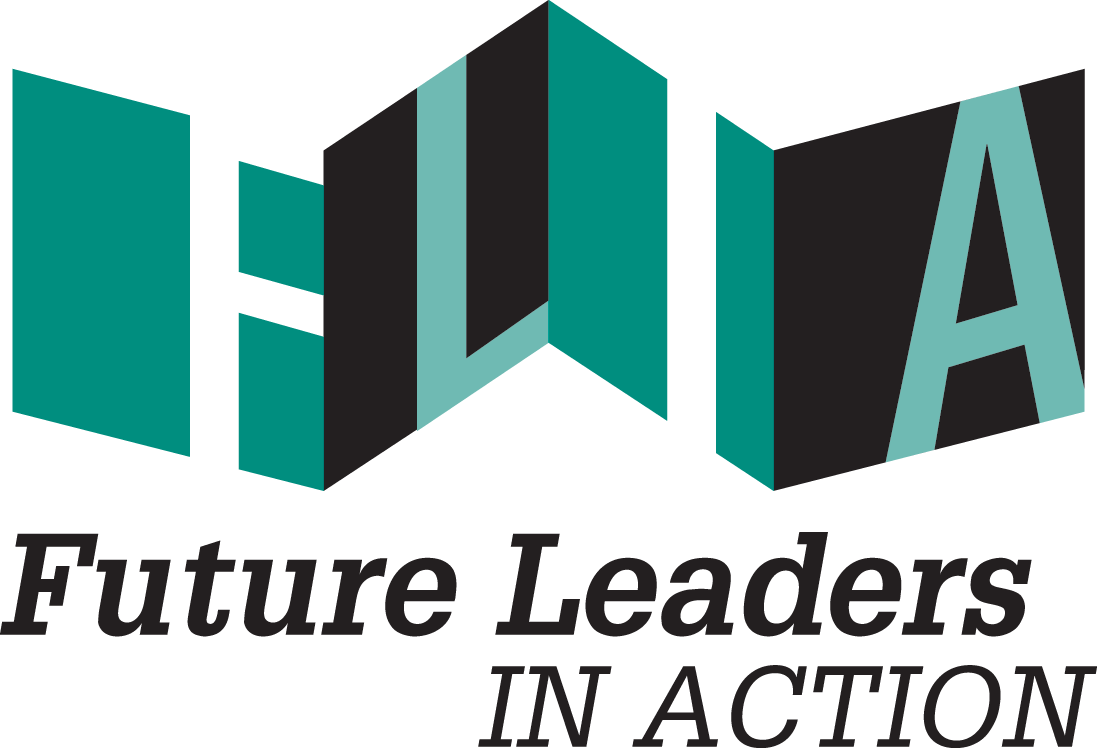Throughout my fellowship with Future Leaders In Action, I’m researching, creating, and administering a survey that measures the social-emotional development of six, seven, and eight-year-olds at Boys & Girls Clubs of Portland. According to The Collaborative for Academic, Social, and Emotional Learning (CASEL), “Social and emotional learning (SEL) is the process through which children and adults acquire and effectively apply the knowledge, attitudes, and skills necessary to understand and manage emotions, set and achieve positive goals, feel and show empathy for others, establish and maintain positive relationships, and make responsible decisions.” This assessment will serve approximately 450 kids who attend Boys & Girls Clubs in Portland, Oregon, each year by measuring the impact of the club’s SEL curriculums on each child’s development.
SEL programs have been proven to create positive changes in kids’ social and academic skills, including being less controlled by external factors (e.g. peer pressure), acting in alignment with their own personal beliefs and values, exhibiting empathy, making more responsible decisions, and taking responsibility for their own actions (Durlak, 2011).
Graduation Rates in Oregon
A primary and measurable outcome of SEL programs is an increase in academic success, which leads to higher graduation rates. In December of 2017, Oregon ranked third lowest in high school graduation rates with 74.8% of students gaining their diploma. A second article was released a month later indicating a 2% increase in graduation rates, and a majority of those gains were seen in Latinx populations. This is the result of recent initiatives to increase graduation rates of students who are learning English as a second language. According to a 2012 national report, “24.7 percent of Hispanic 16- through 24-year-olds born outside the United States were . . . high school dropouts” (National Center for Educational Statistics, 2015).
Impact on Children from New Immigration Policy Enforcement
It seems ironic to me that while many Americans are working hard to improve the futures of Latino/a students, the U.S. federal administration has ramped up their enforcement of immigration policy, in effect, causing traumatization of the children of migrant families who are seeking asylum by crossing the Southern border. Over a two-week period in May 2018, over 650 children were separated from their families as part of new enforcement of a zero-tolerance immigration policy to prosecute adults crossing illegally. These kids are being sent to facilities which are grossly exceeding their capacities after already being exposed to significant traumatizing experiences which probably led their families to flee their countries in the first place.
Trauma, Resiliency, and SEL
At one end of the spectrum, the U.S. is investing in building resilience in oppressed and high-trauma populations through various programs, including SEL and restorative justice. At the other end, the country is enacting punitive practices to protect the privileges of those who were lucky enough to be born into safe and supportive environments. As U.S. citizens, we automatically have a significant amount of privilege. The question is, will we do whatever it takes to protect that privilege at the cost of harming others? Or will we utilize that privilege to take steps toward solving problems, fostering relationships, and protecting the lives of future generations, no matter their nationality? According to a 2016 study on SEL interventions for refugees, separation of children from families not only “risks severe psychological difficulty,” but also “frequently exposes them to exploitation, trafficking, and abuse” (Sullivan & Simonson). Sullivan and Simonson go on to write that, while positive effects of SEL interventions with refugee children are effective, there is still a lot of research to be done to meet their specific needs.
I’m excited to be working on a project that measures the impact of social-emotional learning programs on young children’s development and resiliency at Boys & Girls Clubs of Portland. However, I’m frustrated that, when we look at the big picture, the energy that educators and caregivers put into this work is effectively being negated by punitive practices being enforced to protect the privilege of those who can afford to pay for similar programs. What does the U.S. owe the citizens of Central America for the trauma we’ve caused? How do we justify these actions when we are intensely aware how negative of an impact they make?


